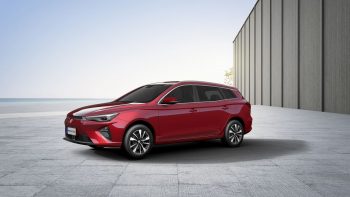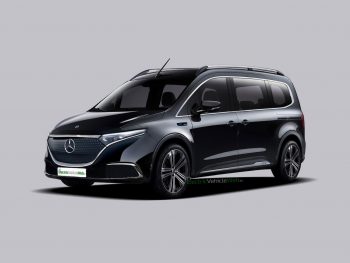This decade India is fast accelerating towards the adoption of electric vehicles and intends to shift to 100% electric vehicles in the not-so-distant future. Hyundai Kona Electric, Mahindra e-Verito, Tata Nexon EV and Tigor EV and MG ZS EV are already on sale and have initiated the shift. Meanwhile, mainstream brands Maruti, Toyota, Renault and Ford are developing EVs to launch within 2 years. The Government’s policy FAME II will promote manufacturing of electric vehicle technology, provide sustainable growth of the electric vehicle industry and increasing numbers of electric vehicles by providing subsidies and incentives to manufactures and buyers.
Here are 5 things that Electric Cars in India must feature if they want to succeed.
1. Rapid charging
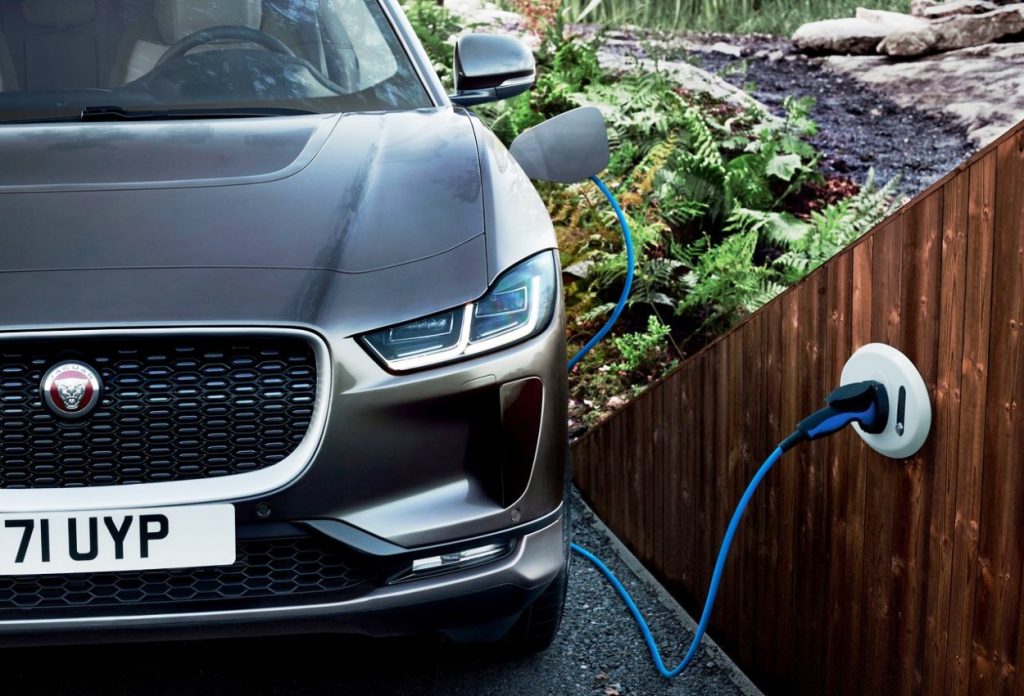
Charging time for an electric car depends on the size of the battery and the speed of the power point. Typically, a battery will take 10 hours to recharge from empty to full with a standard AC power socket in your home or office. For a dedicated DC fast charging station, it would take about 1.5 hours, drastically reducing the charging time, although the EV’s battery can only be charged at the maximum rate it was designed for, irrespective of the charging point. MG Motor India has installed 10 DC SuperFast chargers at its dealerships across India for the recently launched MG ZS EV which will enable the battery to reach 80% of its capacity within 50 minutes.
With a conventional AC charger, the charge time would be 6-8 hours. Jaguar Land Rover India has partnered with Tata Power to set up a fast-charging infrastructure for dealerships and customers in anticipation for the Jaguar I-Pace electric SUV. DC fast charging becomes increasingly important for fleet operators of electric vehicles. A significant fast-charging network across India will make electric cars even more viable and lead to higher adoption rates.
2. Smart connectivity
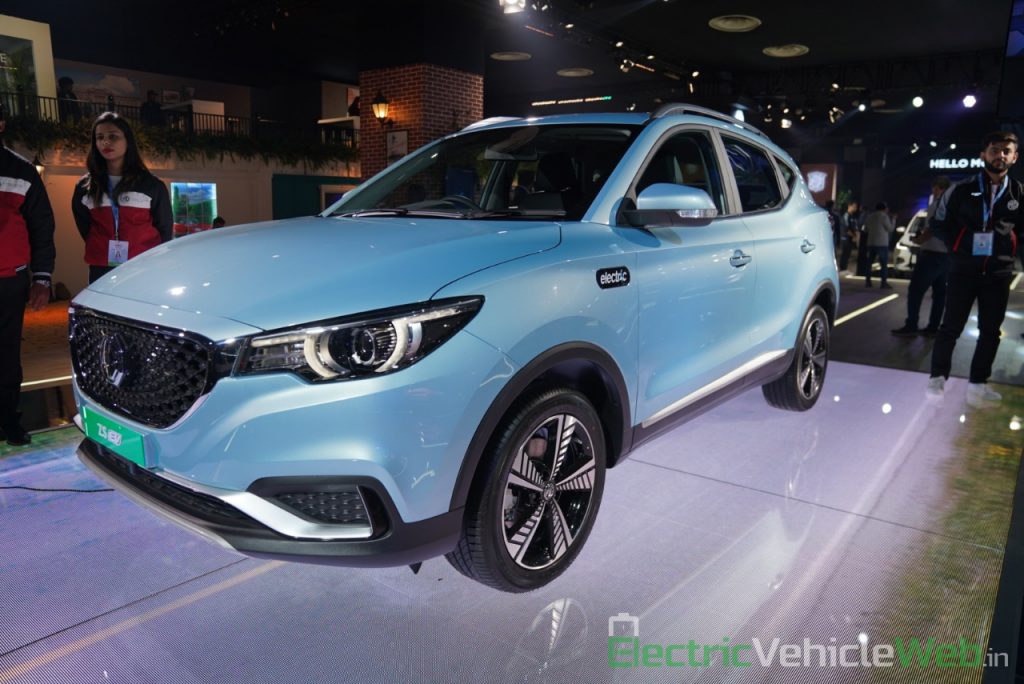
An advanced and connected interface pre-embedded in the EV opens up new opportunities to improve mobility services, making cars safer, more efficient and convenient. By connecting vehicles and services over the internet, the EV is transformed into an intelligent mobility solution and would provide real-time insights for the driver. The MG ZS EV features the iSMART EV 2.0 infotainment platform consisting of an 8-inch touchscreen on the dashboard with Wi-Fi and 4G connectivity. It will display data such as vehicle charging information, driving range, battery status (with a 30 per cent warning), onboard maps and navigation, AccuWeather (for weather forecasts), emissions saved, and the nearest public charging stations. It will even show the type of chargers and connectors available, which will be accessible from a smartphone app or the in-car display system capable of receiving over-the-air software updates. The iSMART system also comes with Android Auto and Apple CarPlay.
The Tata Nexon EV has the ZConnect system featuring remote monitoring of the current battery charge levels, available range, charging history, nearest charging stations along with recommended charging halts for long-distance driving, remote lock/unlock, remote lamp control, remote horn activation and remote control of the AC to pre-cool the cabin. The system can also report crash notifications, an emergency SOS, as well as a request for remote immobilisation in case of car theft.
Cabin sterlisation tech
As a post-COVID-19 move, MG Motor India is exploring to install cabin sterilisation technology in ZS EV cars that enable complete sterilisation and disinfection of the cabin using active oxygen to disinfect pollutants, allergens and microbial organisms. We expect several other car manufacturers to come out with such measures and make it optional for customers.
3. Crossover design
Compact SUV and crossover designs have seen growing demand in the past few years even leading to the discontinuation of many sedans. One of the biggest selling points for the utility vehicle is size and convenience, with space for 5 adults to commute in comfort on long journeys. A bigger car offers a larger boot space for luggage and plenty of headroom for occupants. The SUV’s firm suspension and high ground clearance offer a higher driving position for better road presence and increased safety due to larger wheels that can clear broken tarmac surfaces, speed breakers and inundations on the road. The SUV also has aspirational value as a bigger car is seen as a status symbol. This trend can be seen in electric vehicles currently being sold here. The Hyundai Kona Electric, MG ZS EV, and the Tata Nexon EV all feature crossover designs and will leverage on their size and convenience to increase sales. With increasing availability, the SUV is certain to emerge as the most popular body style in the electric segment in India, with several crossover models being slated for release in 2020 and 2021.
4. Long travel range
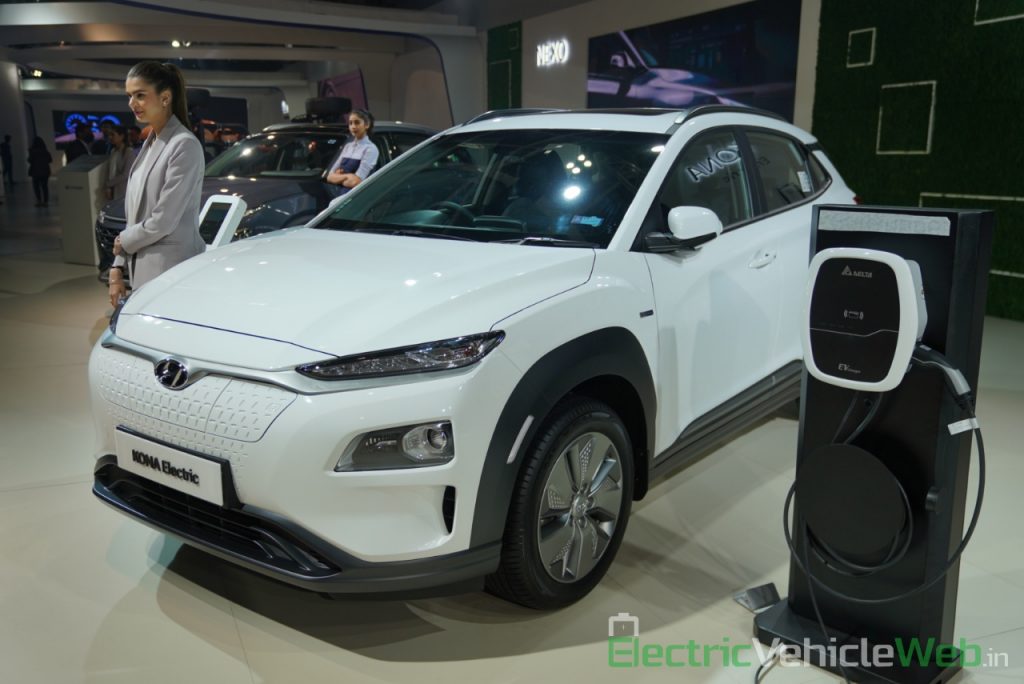
The driving range of electric vehicles varies greatly depending on factors like battery capacity and electric motor specification, weight, aerodynamics and drag coefficient of the car. Also, traffic conditions, driving style, road surface and ambient temperatures during a particular journey will influence the travel range. Manufacturers have introduced ways to conserve power like offering economy modes that limit power and speed, and regenerative breaking to recharge the battery in order to extend the distance a vehicle can travel. Currently, the Hyundai Kona Electric offers the longest driving range of 452 km (as certified by ARAI) on a single charge from a battery capacity of 39.2 kWh. It includes a SmartEco pedal guide and Eco+ driving mode to encourage efficient driving and maximize energy saving.
Another idea that could be feasible is using solar energy to extract a few more kilometers from the vehicle. Mahindra showcased an updated version of the Treo 3-wheeler at the Auto Expo 2020 with new features and improved performance using solar panels on the roof which adds about 26 km to the overall range, EVW learns.
5. Low initial cost

The lithium-Ion battery used to power the electric motor is the single most expensive component in an EV, with the current cost around $150 per kWh which accounts for nearly 50% of the initial cost of the EV. Technology is advancing towards reducing battery cost (13% lower than last year, nearly 80% lower since 2010) and increasing their capacity and efficiency. In this regard, a joint venture between Suzuki Motor Corporation, Toshiba Corporation and Denso Corporation have plans to build India’s first lithium-ion battery manufacturing plant for hybrids and EVs beginning the end of 2020.
Mahindra and Tata Motors also have partnered with other companies to start their own battery development and manufacturing plants. Mahindra & Mahindra together with Korea’s LG Chem plan to develop high energy density lithium-ion cells at Chakan near Pune. Tata Chemicals Ltd have plans to set up a research, development and manufacturing of lithium-ion cells, in a move to capitalize on the electric vehicle (EV) industry in India. Maruti’s first Wagon R based electric car comes out next year, along with several hybrid cars, so we can expect to see more affordable EV’s on our roads very soon.

![Compact Hyundai ‘Ioniq 3’ to be produced in Singapore in 2025 [Update]](https://electricvehicleweb.com/wp-content/uploads/2022/01/2025-Hyundai-Ioniq-3-rendering-front-350x220.jpg)
